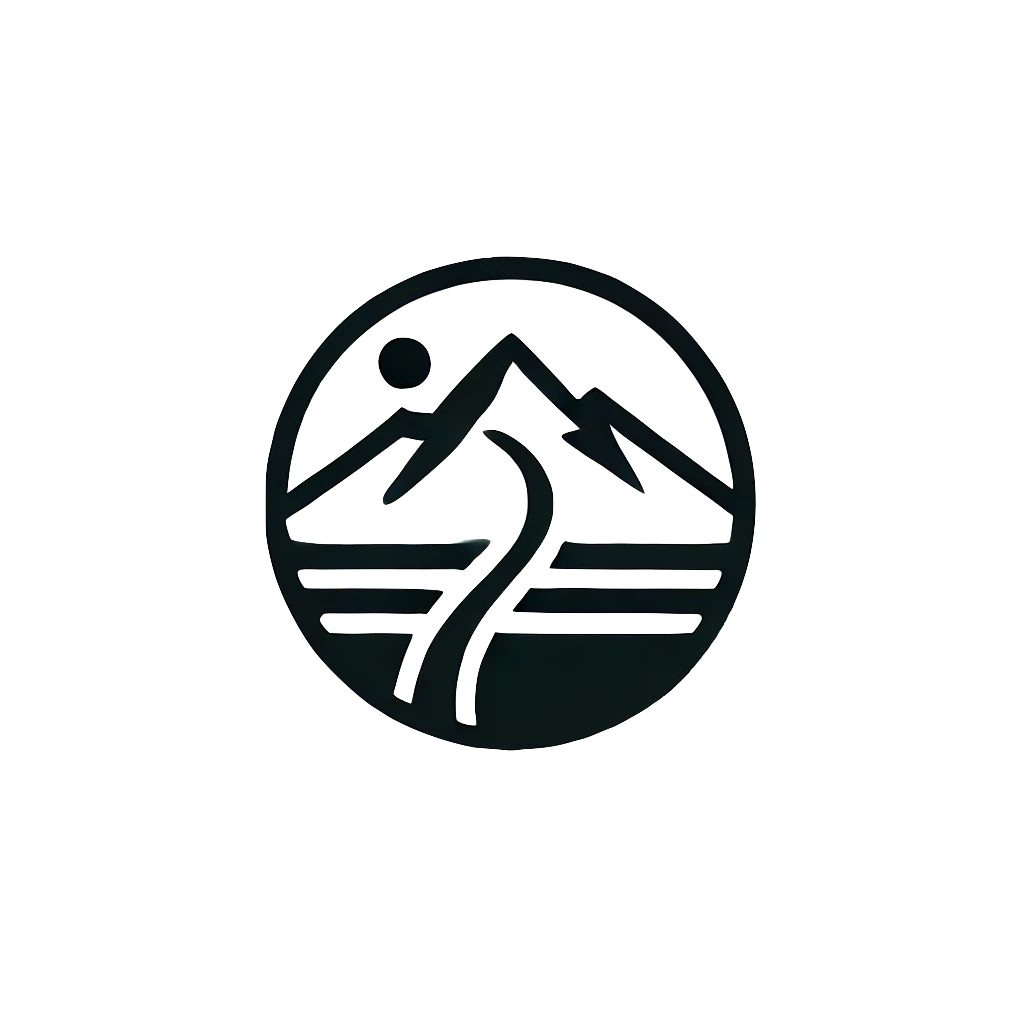Coping with Injury and Mental Resilience
Coping with injury and mental resilience is a journey I hadn’t expected to face, especially with a background in pushing limits and thriving in physical challenges. “You’ll have to look for other activities,” were the first words I heard from a doctor six months ago. A simple phrase, but one that cut deep. I reacted the way I usually do—by questioning. What does this guy know anyway? And then: Hold my drink and watch me. I’ve heard words like these before, words meant to set limits, to define what’s supposedly possible and what isn’t.
But this time, it’s different. The diagnosis—a stress fracture in the right foot sesamoid bone, specifically in the hallux, complicated by avascular necrosis (AVN) of the bone—presents a harsh reality check that challenges my concept of resilience. For years, I believed my body could endure anything with the right mindset and discipline. But a condition like AVN doesn’t bend to sheer willpower; it’s an injury that involves the gradual death of bone tissue due to limited blood supply, leaving the sesamoid fragile, vulnerable, and potentially beyond repair.
Understanding Stress Fractures and Avascular Necrosis
Stress fractures like this are common in endurance athletes and often occur due to repetitive force over time. The sesamoid bones under the big toe endure constant stress, acting like tiny shock absorbers for the foot. In my case, years of running, cycling, and pushing through discomfort had eventually taken their toll. A fracture of this type is a signal that my body’s resources have been overdrawn, and rest is not just suggested—it’s mandatory.
Avascular necrosis (AVN) complicates things further. With compromised blood flow to the bone, the affected area slowly deteriorates. Unlike typical fractures, AVN can’t simply be “waited out” or even “trained through.” This type of injury demands complete recalibration. Each step becomes a reminder of limitations, not because of physical weakness but because of biological restrictions beyond control.
Overcoming Setbacks in Fitness and Mental Resilience
This injury isn’t just a setback—it’s forcing me to confront a lifetime of beliefs about resilience, about fitness, and about what really matters. I’ve spent years building a mindset where limits were to be questioned and exceeded. But now, I find myself asking: what if the true test of resilience is not about pushing harder, but about knowing when to stop? Coping with injury and mental resilience, I’m realizing, sometimes means accepting the limits of control.
Living with Chronic Pain and Uncertainty: A Silent Catalyst
For someone who has been active at an amateur athletic level for over a decade, the enforced stillness of “mechanical silence” is like having a part of your soul put on hold. Since 2019, I had built my life around pushing limits. Running, swimming, cycling—they weren’t just hobbies; they were my release, my stress management, my way of processing life. Every hard workout was a way to reset, to center myself.
Redefining Health after Injury
When the thrill of chasing PBs started to fade, I began setting new challenges—more triathlons, more Ironman races, aiming for podium finishes in my age group. But now, living with chronic pain and uncertainty forces me to redefine what health truly means beyond physical performance. The AVN diagnosis highlights that health isn’t solely about performance metrics; it’s about the structural integrity of the body itself.
Rehabilitation and the Ego: Lessons in Patience
Rehabilitation isn’t glamorous. It requires discipline and patience, but most importantly, it demands letting go of the ego. I find myself shuffling from one diagnostic machine to another, only to hear that my injury isn’t just a fracture—it’s the symptom of something more complex. The instructions are clear: immobilize the joint, avoid all activities that involve bending or putting pressure on the area. So, no running, no swimming, no cycling. Even basic walking is limited.
Imagine wearing a cycling shoe with the SPD cleat locked tight, pressing down with every step—constantly reminded of your limitations. This isn’t just about losing physical movement; it’s about a mental recalibration. The brain that once thrived on 10-hour training weeks now faces a void, a need to recalibrate calorie intake, routines, and stress management strategies.
Finding Purpose Beyond Physical Activity
For years, movement has defined my life. This injury brings into question my identity beyond physical endurance. What does resilience look like if I’m not training for the next race? How do I channel my energy when the goalposts have moved? These questions aren’t easy, but maybe the true lesson is in seeking purpose that isn’t solely dependent on physical strength or athletic milestones.


2 Comments
Pingback:
Pingback: